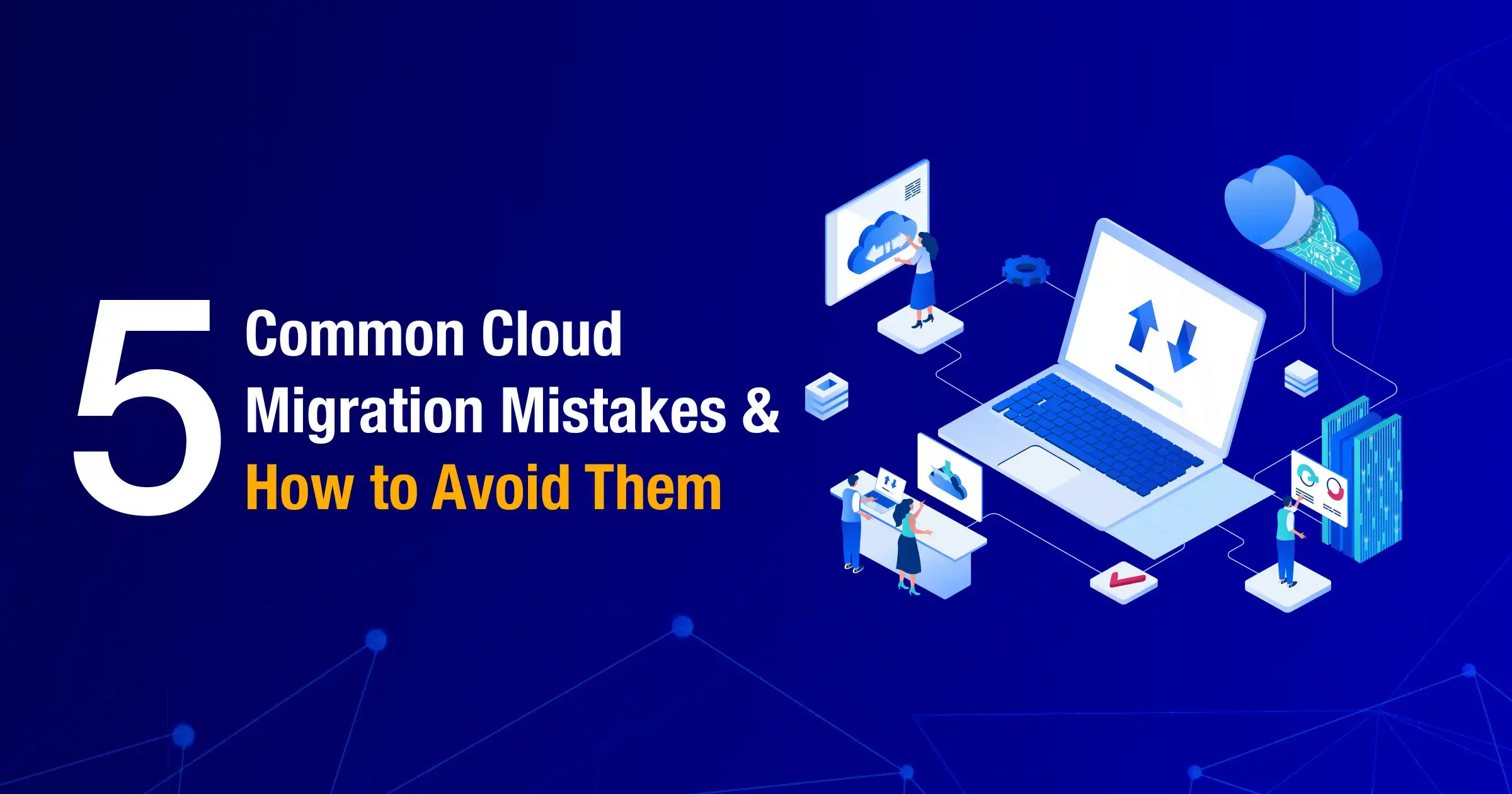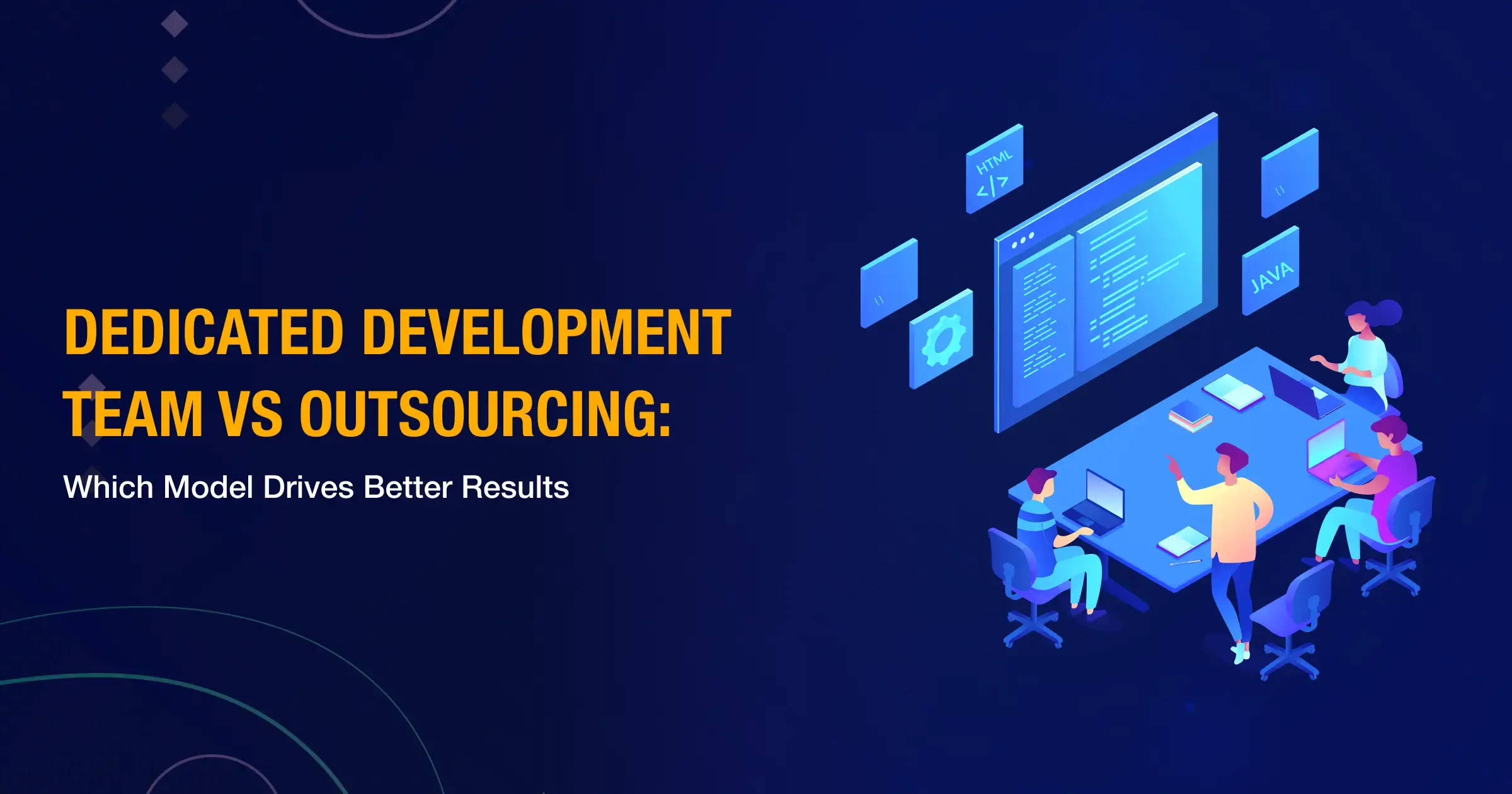Posted by Tech.us Category:
We are a team of technology experts who are passionate about what we do. We LOVE our customers. We LOVE technology. We LOVE helping you grow your business with technology.
Artificial Intelligence Services
Machine Learning Solutions
Generative Al Companies
Robotic Process Automation
Natural Language Processing
Chatbot Development Services
Enterprise AI Solutions
Data Annotation Services
MLOps Solutions
IoT Solutions
Data Mining Solutions
Computer Vision Services
Custom LLM
AI Agents
Agentic AI Development
Custom Software Development
Enterprise Software Solutions
Software Development Services
Website Development Services
Software Product Development Services
SaaS Development Services
Mobile App Development Services
Custom Mobile App Development
IOS App Development
Android App Development
Enterprise Mobile App Development
Hybrid App Development
Software Development Outsourcing
Dedicated Development Team
Staff Augmentation Services
IT Outsourcing Services
Data Analytics Services
Data Analytics Consulting Services
Business Intelligence Solutions
Software Modernization
Application Modernization Services
Legacy System Modernization
IT Security Solutions
Cyber Security Solutions
Cyber Security Managed Services
HIPAA Compliance Cyber Security
Cloud Application Development
Custom Web Application Development
Cloud Consulting Services
AWS Cloud Consulting Services
Enterprise Cloud Computing
Azure Cloud Migration Services

POPULAR POSTS
01
How To Improve Document Processing Accuracy Using Document AI
02
The Guide to Chatbot Development & What to Seek while Hiring a Company
03
Understanding Natural Language Processing: The What? The How? and The Why?
04
11 Proven Benefits of AI Chatbots for Businesses in 2025
05
A Complete Guide to SaaS Product Development
Posted by Tech.us Category:
Running a technology company takes time, energy, and the focus to deliver your best every single day. But handling multiple software projects, developing technology, trying to meet deadlines, and keep everything on-budget day after day is bound to wear anyone down eventually.
The first step to avoiding burnout is recognizing that you’re getting close to that point. The next is realizing it may be time to bring on a trusted partner to shoulder some of the weight.
Outsourcing software projects to a team of professionals means taking a load off and being able to take a breath. You and your team work hard to build a strong reputation, which sometimes means doing everything yourself. It shouldn’t mean you have to do everything yourself every time, though, and that’s where we come in.

CEOs know that their company is their company. It might have your name on it, and any entrepreneur who has started a company from scratch knows how their company can sometimes feel like a child. You wouldn’t neglect your child, and all your effort should go into raising that child to the best of your abilities.
Your drive has taken your technology company to new heights, and taking care to protect the progress you have made is also important. Keeping up with clients’ expectations and exceeding them when possible while simultaneously wowing your prospective clients takes everything you’ve got.
If this sounds like you, you’re not alone. Everyone in your position feels this way, and not only is it natural, but it’s also the best thing for your company. Your software projects wouldn’t succeed without that drive and care.

As far as your drive has pushed you, it can also quickly become the thing that crushes you if you let it run rampant. Having business acumen combined with the motivation to be the best will take your technology company to great heights, but if you lose your balance, the crash can be harsh and quite unforgiving.
If you’re feeling like you’re scrambling to keep up with meetings, software projects, or staying on-time and on-budget, then it’s probably time to take a breather and outsource software development to a company that can help you out.

Outsourcing software development is not an abdication of duty, and it doesn’t mean you’re going soft. It means you know how to take care of your company, software projects, and your clients.
Step back for a moment, and you’ll see that a little extra help can go a long way. It will be great for your health, your software projects, your team, and your clients.
As much fun it is to start and run a company, nothing is worth it if it kills you or drives you into the ground with exhaustion. Feeling burned out and sluggish is the exact sign you need to reassess whether the way you are working is affecting your health too much.
If there is anything the COVID-19 pandemic has taught us about life, it’s that health is an absolute priority. Without our health, there is no point. Outsourcing some tasks and projects to a software development company means taking back control of your personal health.
Imagine being able to tell your outsourced team what needs to be done, and then a week later, it is on your desk. Imagine setting timelines and letting someone else calculate how to deliver the software project on-time.
Imagine calculating a budget for your software projects, and then someone else’s accountant figures out how to deliver it on-budget. All of this is possible if you hire an outside software development company and let them shoulder some of the workload.
When it comes to software projects, your company’s reputation is impeccable, and that’s because you get the job done perfectly every time. It can be difficult to let go of some control when you are the one with the secret sauce that makes all your work so good.
Luckily, an outsourced software development company can help you recreate that magic by following the processes that work for you. An outsourced company will consult with you to make sure software projects are done to your standards — after all, you’re the client in this relationship.
Following an intake and initial consultation, you can collaborate with the company you choose to make sure they understand your vision for your software projects. They will take down the details for deadlines and check with you when they don’t understand.
During the software project development, the outsourced team you hire will keep following up with you, so you have regular updates on the progress of the project. If you need to change course or ask for clarification, they’re there to provide that.
You can manage your outsourced team from a distance instead of being hands-on like you are with your own team, and you don’t need to be involved with every step of the project. At the same time, you can trust that the outsourced software development team has the expertise to get it delivered on-time.
If you’ve been feeling a little burned out, your team may be as well. You hired them because of their skill and dedication to your company’s mission. That can often mean they are willing to put in the kind of effort that you do to make it happen.
The tone of the company is set from the top, and when your employees see you working as hard as you do, they are more likely to emulate you. As a result, they are likely experiencing some of the overwork and stress that you are, too.
Hiring an outsourced software development team gives them a little support as well. Your team can collaborate with your outsourced team to complement their work, as the outsourced team will have the experience and skill to blend with your current team and collaborate productively.
Instead of getting in the way and stepping on their toes, they will increase your team’s efficiency and give them the tools to deliver projects on-time and on-budget. Deadlines will become irrelevant because the combination of the outsourced development team and your own team will be an energizing catalyst resulting in some of their best work.
Your business relationships are built on trust and professional connections that no one else could have made. Your company is where it is because you made it happen, and you know better than anyone how to deliver for your clients.
The problem is, you also need to be well-rested to do that at the highest level possible. If you can’t get any time to yourself, you could start missing deadlines or encountering other problems.
Although no one is better equipped to handle your company than you, bringing in an outsourced software development team will solidify and secure your client relationships. Remember, the best way to make a client happy is to deliver your best work consistently and without fail.
Hire an outside software development company, and they will make sure to accomplish all of the things you need to so your clients continue being your clients. While they’re at it, they might even help you bring in new clients.
While they’re taking on some of the load from your software projects, you can focus on business development and other areas of the company. Sometimes taking a look at your operation with fresh eyes can bring a new perspective and pleasant surprises.

There’s no better time than now to send an email, pick up the phone, and start talking to an outside software development company to make everything easier. Your hard work has taken you far, and your company is better off because of it.
Now that you have created something strong, it’s time to keep it that way. It starts with taking care of yourself by bringing in specialists who can execute your vision exactly the way you want. Consultations, plans, and check-ins will make it easy to track progress and stay connected to the software projects without needing to do everything yourself.
It’s important to get a team you trust. One with the skill to execute the plan you see in your mind’s eye. That team’s location is also important because you may want to meet with them face-to-face every once in a while.
Your outsourced software development team should be local if possible. If they are, it means regular meetings when you need them, and the knowledge of that accessibility lessens the anxiety that sometimes comes with letting other people take the wheel for a while.
If they’re not local, that’s fine, too. They will set up a way to monitor your software projects. Plus, they work for you, so as the boss and the client, you get to ask for the meetings you need. If you need an update, set up a video call and let your outsourced software development company bring you up-to-speed.

You’re not ready to take your foot off the gas pedal, so don’t. Just let someone else keep their foot on it while you recharge and figure out future destinations.
Not sure where to start your search? Hire us to drive for a while so you can rest, and when you’re ready, you can take the wheel again. We have experienced development teams at the ready to take on your software projects, meet your deadlines, and keep your projects running smoothly and on-budget. Call us today to find out what our company can do for you.

Data Privacy Laws Keep Getting Tougher: Here’s Why...

Is Your Business Ready for Artificial Intelligence?
Get Free Tips
NEWSLETTER
Get Free Tips
Submit to our newsletter to receive exclusive stories delivered to vou inbox!
Thanks for submitting the form.
RECENT POSTS

What Are the Key Enterprise Software Development Considerations for...

7 Qualities to Look for in a Custom Enterprise Software Development...

How to Find the Best Custom Enterprise Software Development Company in 2026

5 Common Cloud Migration Mistakes and How to Avoid Them

Dedicated Development Team vs Outsourcing: Which Model Drives Better...
We are a team of technology experts who are passionate about what we do. We LOVE our customers. We LOVE technology. We LOVE helping you grow your business with technology.
Our Services
Talk to US